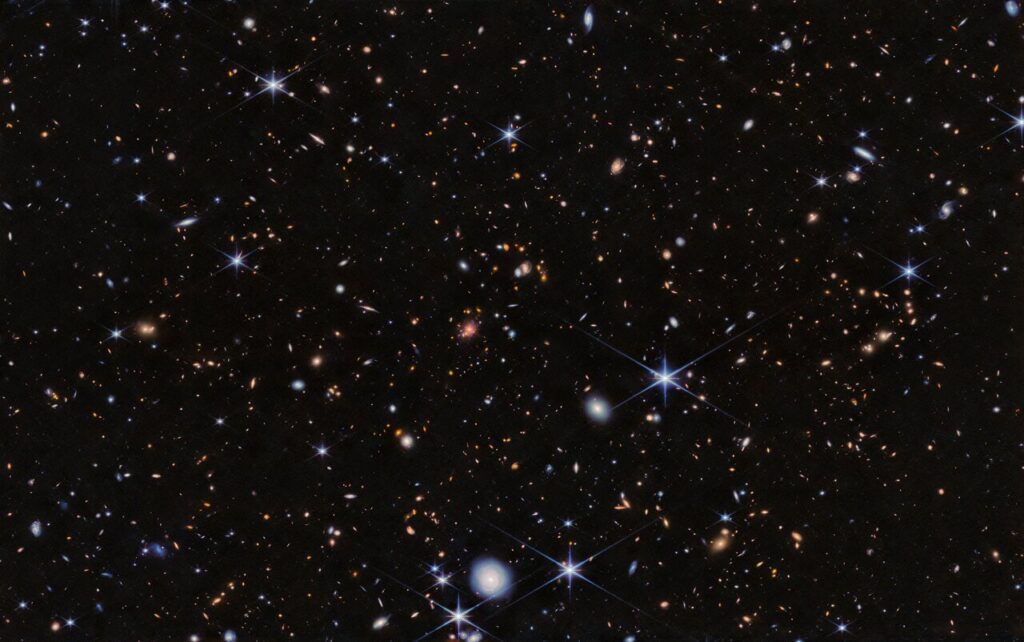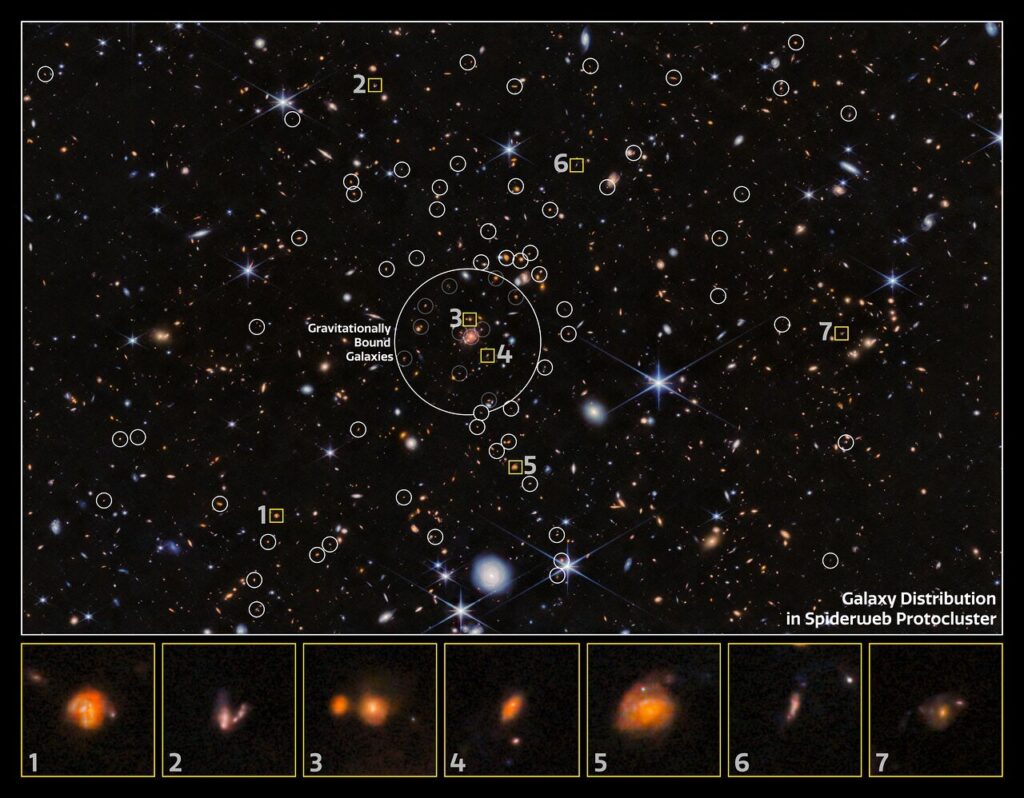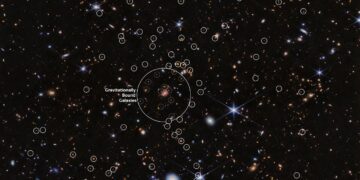The universe continues to astonish us, and the latest revelations from the James Webb Space Telescope (JWST) have added a remarkable chapter to our understanding of the cosmos. Astronomers have uncovered hidden galaxies within the Spiderweb protocluster, challenging long-held theories about galaxy formation. This discovery isn’t just a leap for astronomy; it’s a testament to human ingenuity and our unrelenting curiosity about the universe.
Unveiling Hidden Galaxies

The James Webb Space Telescope has uncovered galaxies within the Spiderweb protocluster that had been hidden from view for billions of years. These findings, made possible by Webb’s infrared capabilities, shed light on a region of space previously obscured by cosmic dust.
Astronomers now have a clearer picture of this protocluster, a densely packed region of the early universe where galaxies were just beginning to form.
The Spiderweb Protocluster’s Significance
The Spiderweb protocluster represents a “city in construction,” offering an extraordinary glimpse into the formation of massive galaxy clusters—the largest structures in the universe. This protocluster’s light has traveled over 10 billion years to reach us, showcasing what galaxy clusters looked like during their formative years. Observing it provides unique insights into how galaxies interact and grow in their adolescent phase.

Unlike the older, less active galaxies found in today’s clusters, the Spiderweb’s galaxies are dynamic and star-forming. Studying their behavior helps scientists understand the factors influencing galaxy evolution and the role of their environments in shaping their growth.
Challenging Theories of Galaxy Growth
This discovery is reshaping our understanding of how galaxies grow in densely populated regions. Traditionally, astronomers believed that galaxy interactions, such as mergers, were the primary drivers of star formation in such areas. However, new data from Webb suggests a different story.
Astronomers found that star formation in the Spiderweb protocluster is fueled by gas accumulation across the structure, rather than being primarily triggered by mergers. This revelation fundamentally alters our perception of galaxy evolution, highlighting the importance of gas distribution in dense environments.
Webb’s Groundbreaking Technology
The James Webb Space Telescope’s cutting-edge technology made these discoveries possible. Webb’s Near-Infrared Camera (NIRCam) allowed researchers to peer through cosmic dust and observe hidden galaxies with incredible precision.
In just 3.5 hours of observing time, Webb achieved results that were unattainable with ground-based telescopes. Infrared light is uniquely suited to penetrate the dust that obscures visible light, making Webb an invaluable tool for studying the universe’s hidden regions. Its ability to analyze hydrogen gas provided critical insights into the composition and activity of these galaxies, offering a more detailed understanding of their properties.
The Importance of These Discoveries
The discovery of hidden galaxies in the Spiderweb protocluster has profound implications for our understanding of the cosmos. It challenges existing models of galaxy formation, emphasizing the role of gas accumulation over gravitational interactions in driving star formation. This new perspective reshapes how scientists view the development of large-scale cosmic structures.
Future Research Directions
The Spiderweb findings mark the beginning of a new era of exploration. Researchers plan to confirm the newly identified galaxies with spectroscopic observations using Webb, which will provide precise measurements of their properties. This will help refine our understanding of their composition, distance, and behavior. Future studies will delve deeper into the role of gas in galaxy formation, further challenging traditional theories.
Conclusion
The hidden galaxies within the Spiderweb protocluster are a reminder of how much we have yet to learn about the universe. The Spiderweb discoveries highlight the power of cutting-edge technology and the boundless potential of human curiosity. As we continue to unravel the mysteries of the cosmos, one thing is clear: the universe is more complex and awe-inspiring than we ever imagined, and we are only at the beginning of our journey to understand it.
Reference:
Rhythm Shimakawa et al, JWST/NIRCam Narrowband Survey of Paβ Emitters in the Spiderweb Protocluster at z = 2.16, The Astrophysical Journal (2024). DOI: 10.3847/1538-4357/ad8155
Jose Manuel Pérez-Martínez et al, JWST/NIRCam Paβ Narrowband Imaging Reveals Ordinary Dust Extinction for Hα Emitters within the Spiderweb Protocluster at z = 2.16, The Astrophysical Journal (2024). DOI: 10.3847/1538-4357/ad8156



















